Why don’t cars use solar energy? It’s a great idea to use the energy from the Sun, abundantly available in Australia, and put it to work charging EV batteries. That’s what experimental competition cars like the Sunswift 7 do, but the team leader believes it’s commercially viable technology.
The Sunswift car is a legendary piece of Australian engineering. In its seventh incarnation now, dubbed the “Sunswift 7”, the car competes at the Bridgestone World Solar Challenge — a solar car race from Darwin to Adelaide over 3,025km — against similarly designed categories. This version of the car is entered into the efficiency category.
“The cost of this array, if you were to buy it, is probably $25,000,” Richard Hopkins, the team principal of Sunswift Racing, told Gizmodo Australia. He’s a former team operations lead for Red Bull’s Formula 1 team.
“Solar isn’t new technology, but in this application, it isn’t being used as much as it could.”
Twenty years ago, solar cars were trivial and extremely experimental. Though the technology was still not widely understood, although very closely tied to UNSW itself, there wasn’t much of a push to go electric, let alone use solar panels on a commercial vehicle.
But obviously, things are different now. Electric vehicles are coming to fruition, governments are legislating against combustion engine vehicles (with hopes that Australia will too) and automakers are looking left and right for alternative energy sources (see also: hydrogen cars).
But again, why aren’t carmakers using solar? Hopkins told us that “there is no reason, really”.
“I think we’re just slow,” he said. “I just think the world is being slow on the uptake of it and realising the potential.”
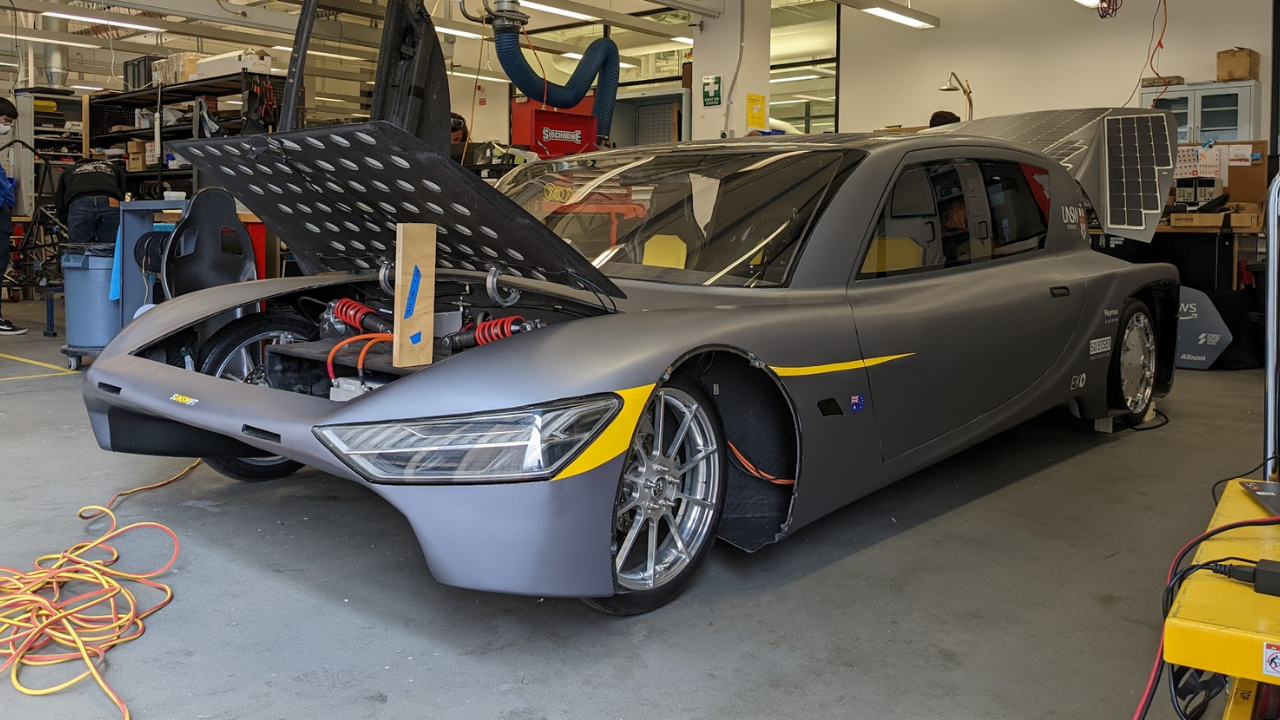
The solar-powered car market
To get the full scope of solar-powered cars, we need to step away from the Sunswift for a moment.
Right now, there’s one solar power car being developed: The Lightyear 0, from a startup of the same name, based in Helmond, Holland. Its origins are closely tied to Australia’s own Sunswift.
“[Lightyear] spawned out of Eindhoven University, who are our biggest rivals [in the Bridgestone World Solar Challenge], who unfortunately in 2023 will lose, which is a shame,” Hopkins joked.
“The Dutch government, for the last 20 years, has been funding the Eindhoven team. So they get $2 million dollars of, you know, government funding every year. The students within that team take 18 months out of their degree and they work nine to five, seven days a week on that project. Go figure that project is very successful.”
Lightyear was founded by former members of Eindhoven’s solar-powered car team. Hopkins says they saw the concept of a solar car as commercially viable and decided to capitalise on it.
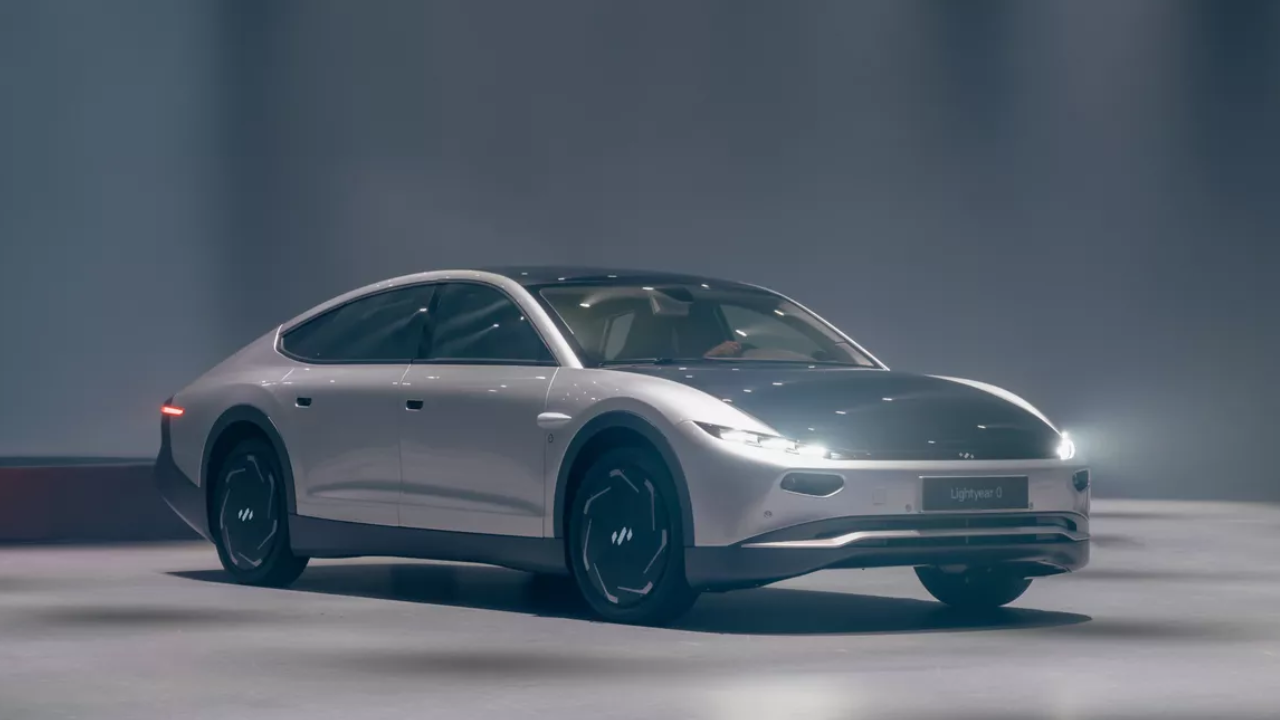
The downside of Lightyear is that their solar-powered car is currently €250,000 to pre-order, or about $370,000 in Australia (if it were available here). To put this into realistic terms, the most expensive electric vehicle in Australia at the moment is the Porsche Taycan Turbo S, which costs $345,800.
But tying back to what Hopkins said earlier: the silica solar cells on the Sunswift car supposedly only cost $25,000. He also reckons that an $80,000 car, with commercially viable solar panels fitted and part of a production line, might only put the price up to $82,000.
So, I quizzed him: is there a market for this in Australia?
“I think there’s an industry for solar cars for the world, not just for Australia. I think you would be reasonably foolish to set up a car company just with a target market of Australia,” Hopkins said.
“If you put solar on trucks, if you put solar on buses, even if you put solar on diesel buses, they might not actually be able to power the bus, but they’d be able to power the air conditioning which wouldn’t be using the diesel.”

The Sunswift strategy
Let’s go back to the Sunswift 7 and talk about what makes it such a terrific solar car.
Like the cars in Tesla’s range, the Sunswift 7 is built from the ground up to be electric. In Hopkins’ own words:
“We call them solar cars, but this is actually an electric vehicle with solar capability. We generate just shy or there about on one kilowatt from the solar, and we have a 38kWh battery, whereas that Tesla Model S battery is 100kWh.”
With the Sunswift 7, Hopkins says “efficiency is the name of the game”.
It might not be the fastest car on the market, with a max speed of 150km/h (two motors, RWD), but it weighs only 560kg.
To put that into context: the Tesla Model S’ battery alone weighs 800kg.
Additionally, it has a drag co-efficient of 0.09, versus the Model S’ 0.3, adding to lower energy consumption. It also produces only 12kg of downforce at 110km/h. A Formula 1 car produces three tonnes of downforce at that speed.
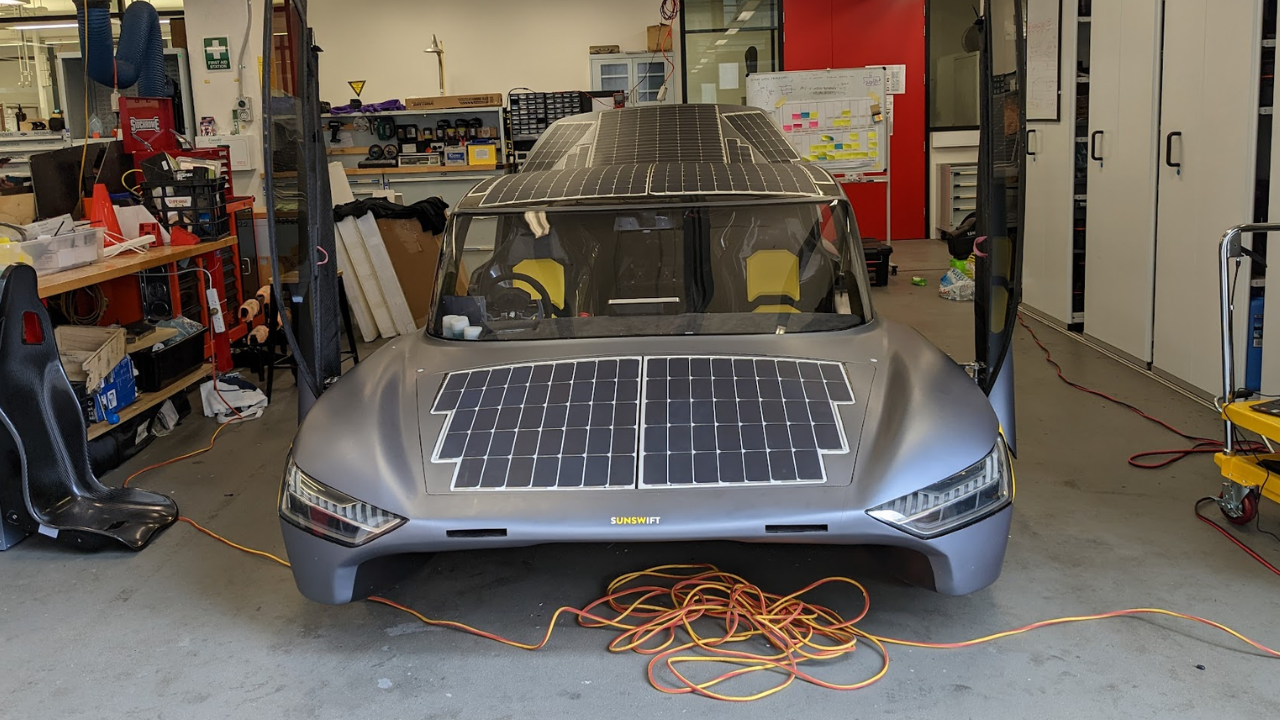
“You’re essentially trying to design a bullet,” Hopkins added.
“With a third of the size of a Tesla Model S battery, but obviously rolling resistance aero and everything else makes us uber efficient.”
The Sunswift 7 has a range of between 1,400km and 1,500km. The Tesla Model 3’s AWD model offers 547km (WLTP) range.
“It costs a million dollars to produce but it’s a one-off. If we try to reproduce these the cost would come down, but you know, we’re proving that you can have a great focus on efficiency than production car manufacturers currently have today,” Hopkins said.
After 57 concept designs, UNSW has the Sunswift 7. The entire team is made up of UNSW students who aren’t paid (except the lead designer and Hopkins), but are given the resources to work on the car as a side project.
And they don’t want to be restricted by the rules of the Bridgestone World Solar Challenge anymore.
“I have a team of 70, nearly 100 now, extraordinarily talented young people, who don’t want to be constrained by regulation. Maybe the next car can be a hydrogen fuel cell car.”
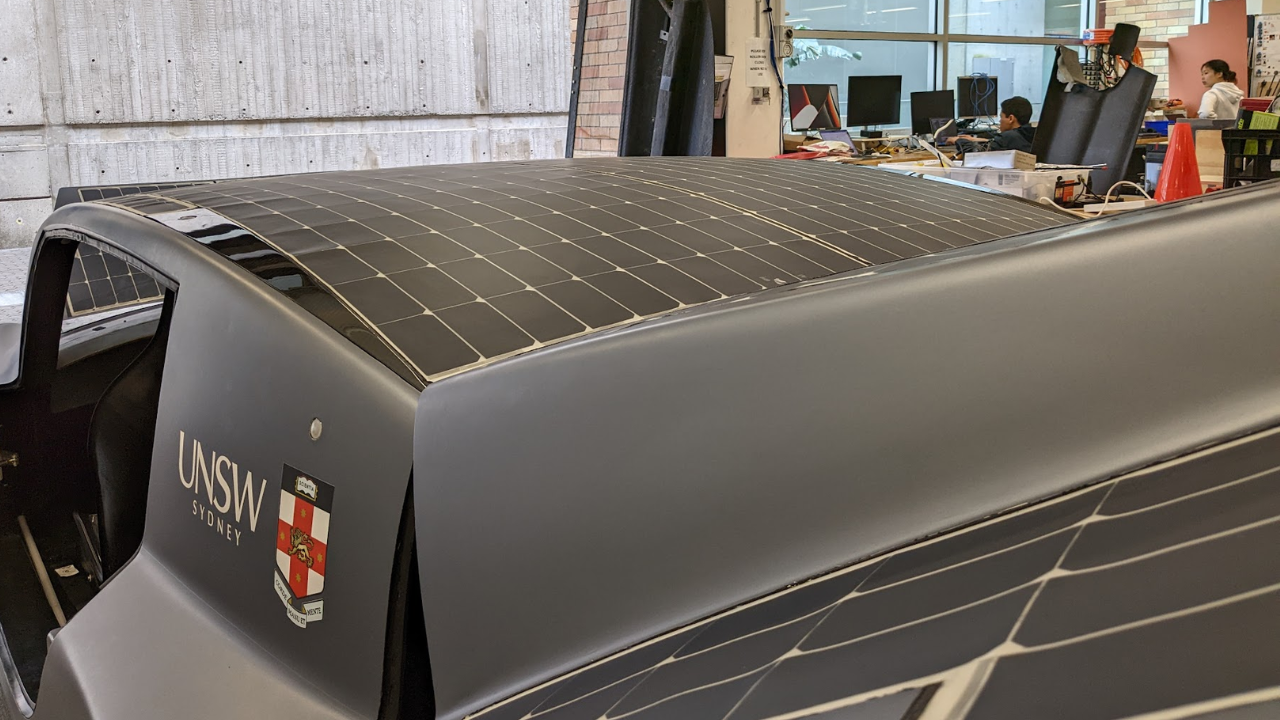
Sunswift’s future model
Although the Sunswift 8 is still a concept of a concept car, Hopkins’ vision of the vehicle is much more ambitious than the restrictions of the Solar Challenge, telling us that it’ll be “quite a departure” from what we’d normally expect from the car. It’ll be road legal from the start with a focus on performance.
“The next car, Sunswift 8, will not be built purely for efficiency. We still have efficiency as one of its pillars, but we’ll also have performance as one of its pillars. So the next car may not have four seats,” Hopkins said.
While the Sunswift 7 is racing next year, the team will be designing and building the Sunswift 8 to the Australian Design Rules (ADR), the rules that cars in Australia must abide by to be legal.
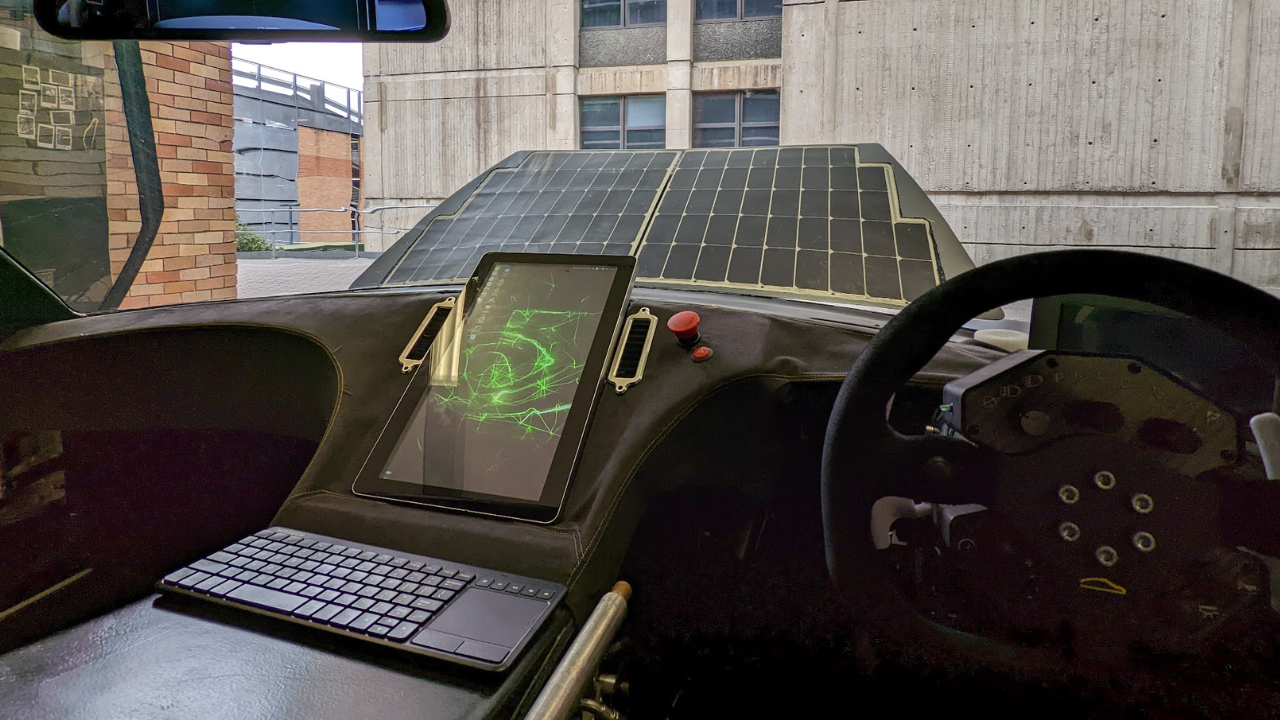
In fact, the car may even run on a hybrid or tribrid platform, factoring in electric and hydrogen power.
“Hydrogen turns a bit of a leaf. It is much better for the environment [than lithium-ion]. There’s not even enough lithium-ion on the bloody planet, anyway,” Hopkins added.
“We’re being brainwashed and told that this [electric cars] is the answer. It’s an answer, it’s not the answer. I think there are a lot of alternatives that we’re not even thinking about really, hydrogen being one of those.
“If we keep on the track at the moment of producing Bridgestone World Solar Challenge cars, we won’t make a hydrogen car.”
Want to go see the Sunswift 7?
The Sunswift 7 will compete at the Bridgestone World Solar Challenge in October 2023.
If you’d like to see the Sunswift 7 live, it’ll be performing a lap around the Adelaide 500.
Chaz Mostert, last year’s Bathurst 1000 winner, will drive the car wirelessly through Optus’ 5G network.
“We can now drive this car purely across the 5G network. You can sit anywhere in Australia,” Hopkins added.
The Adelaide 500 will take place from December 1 to 4.
